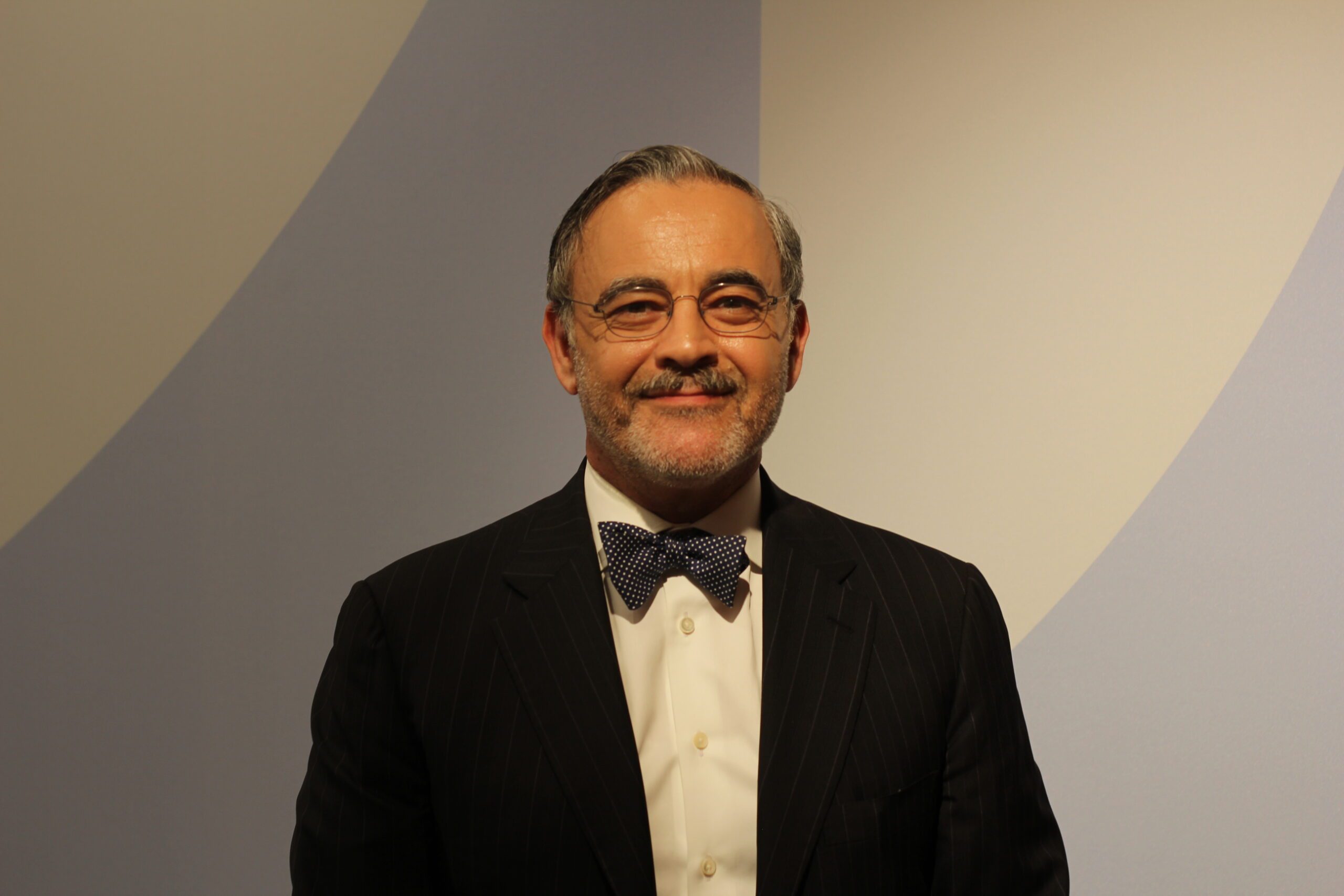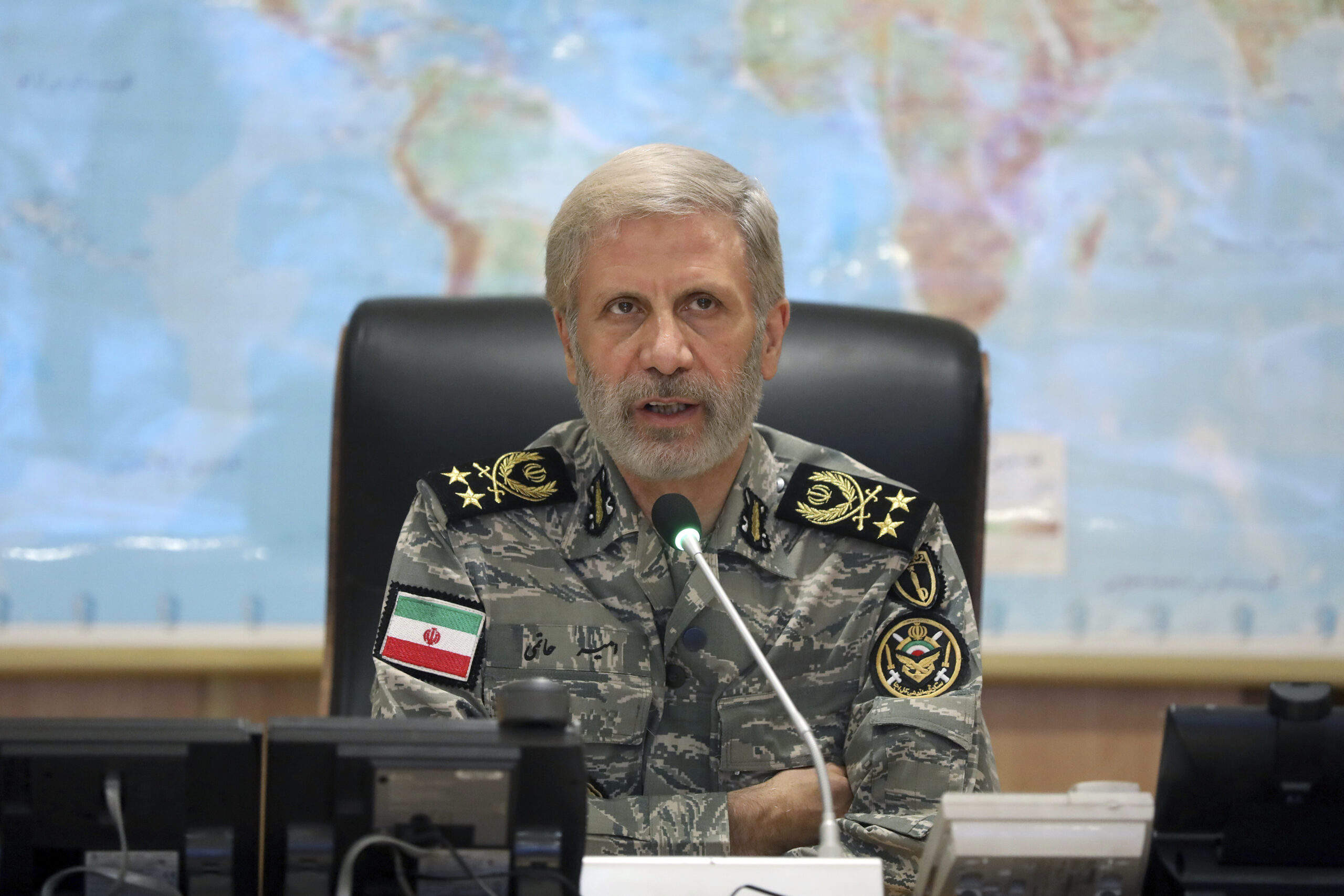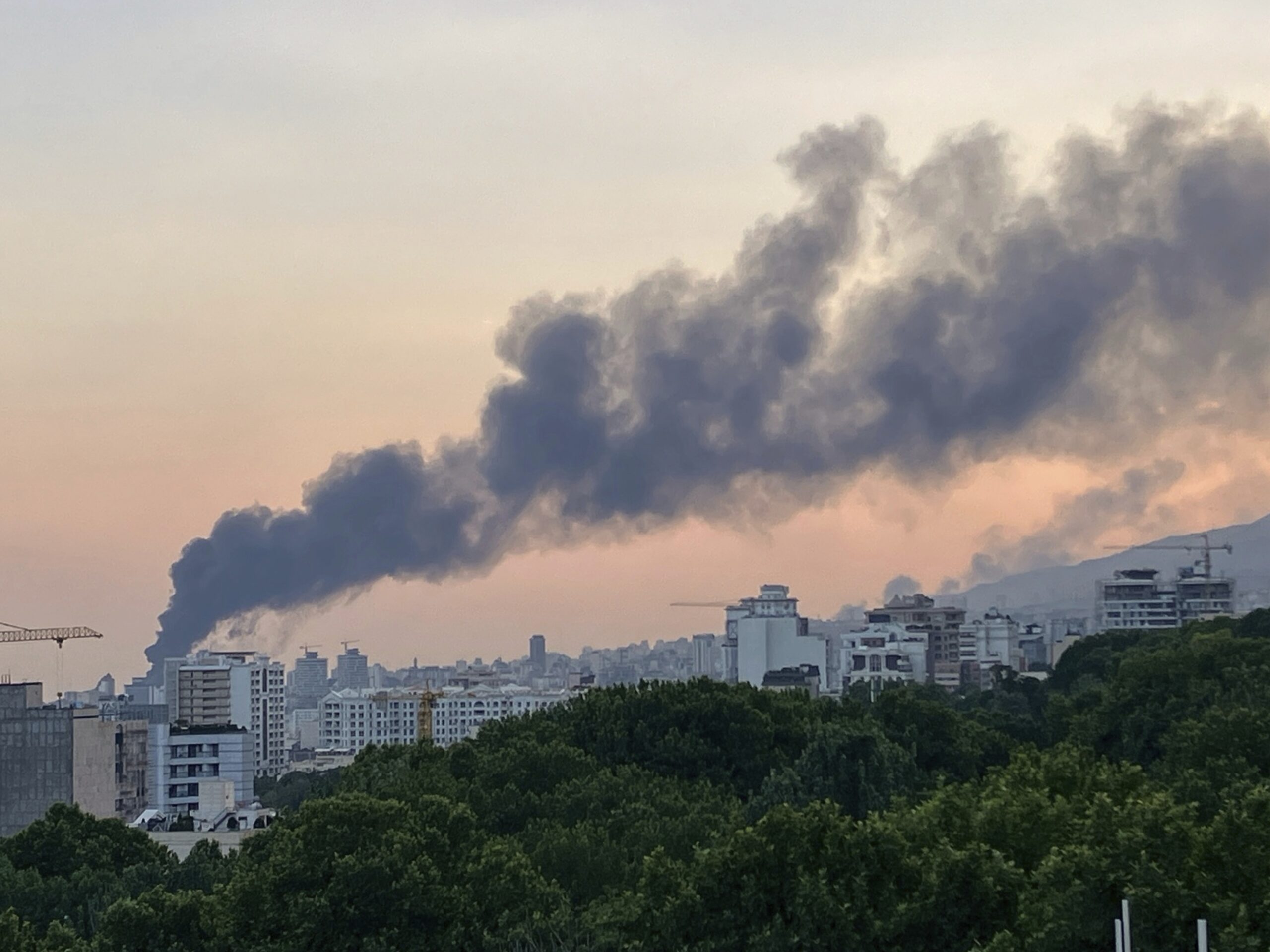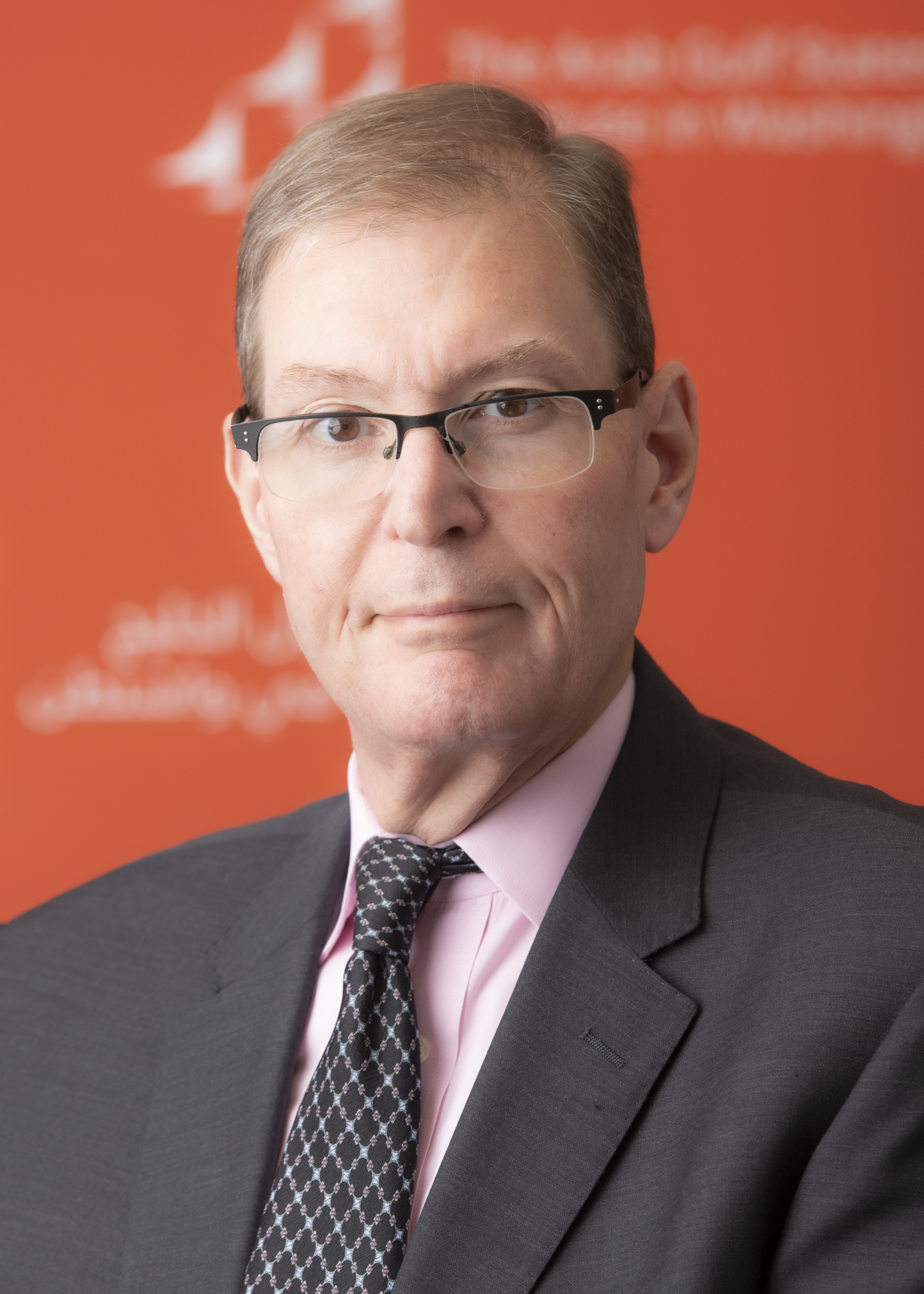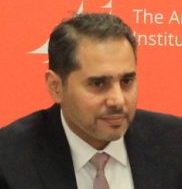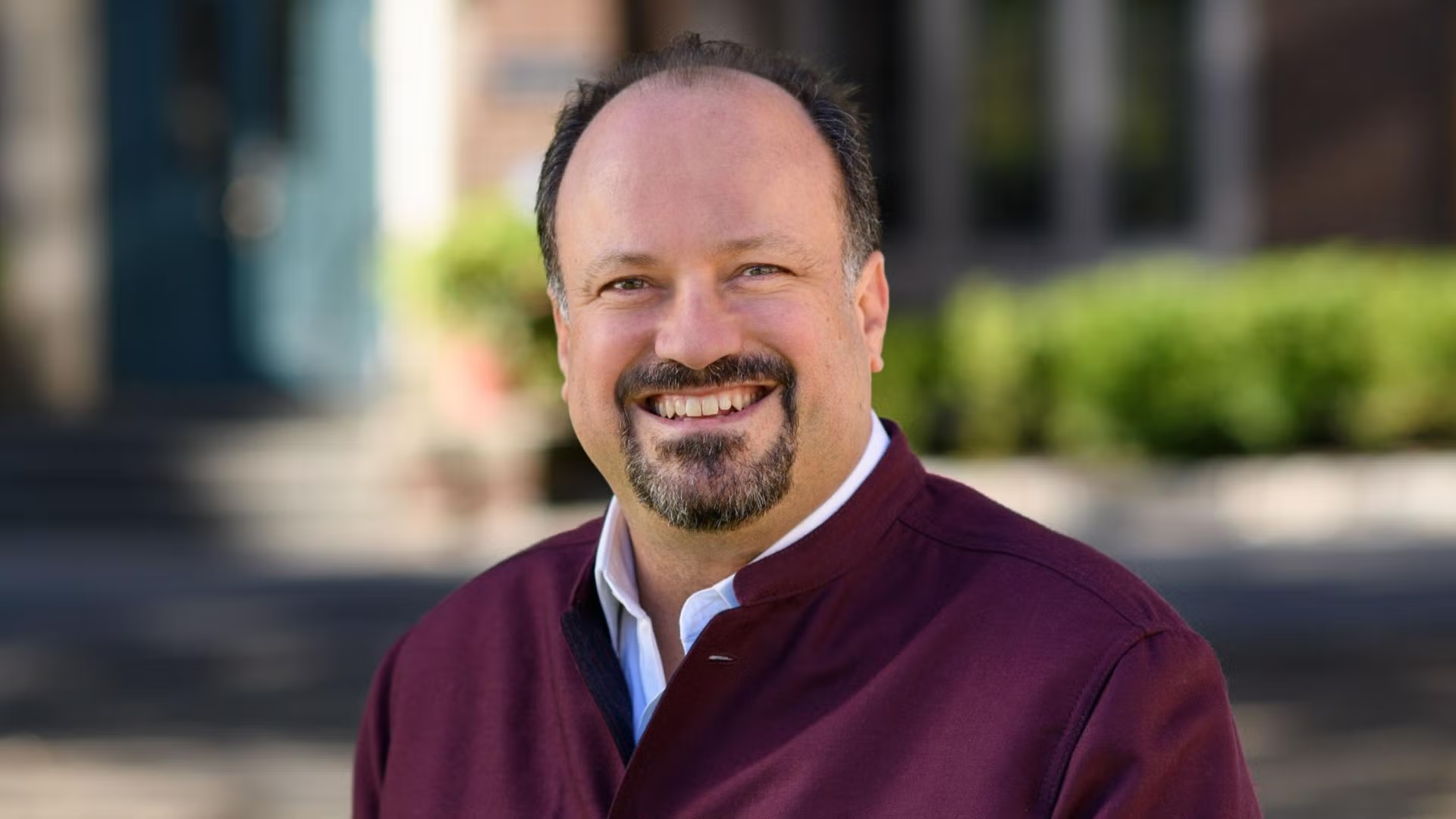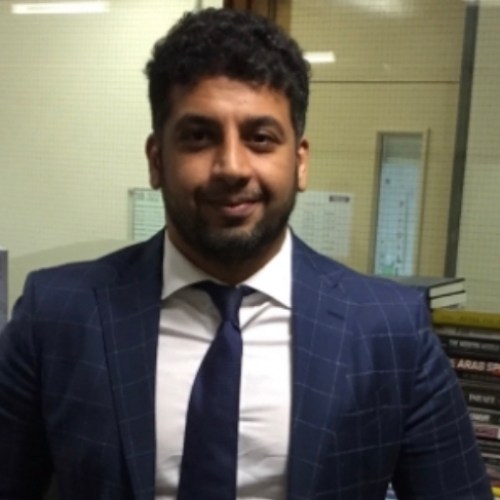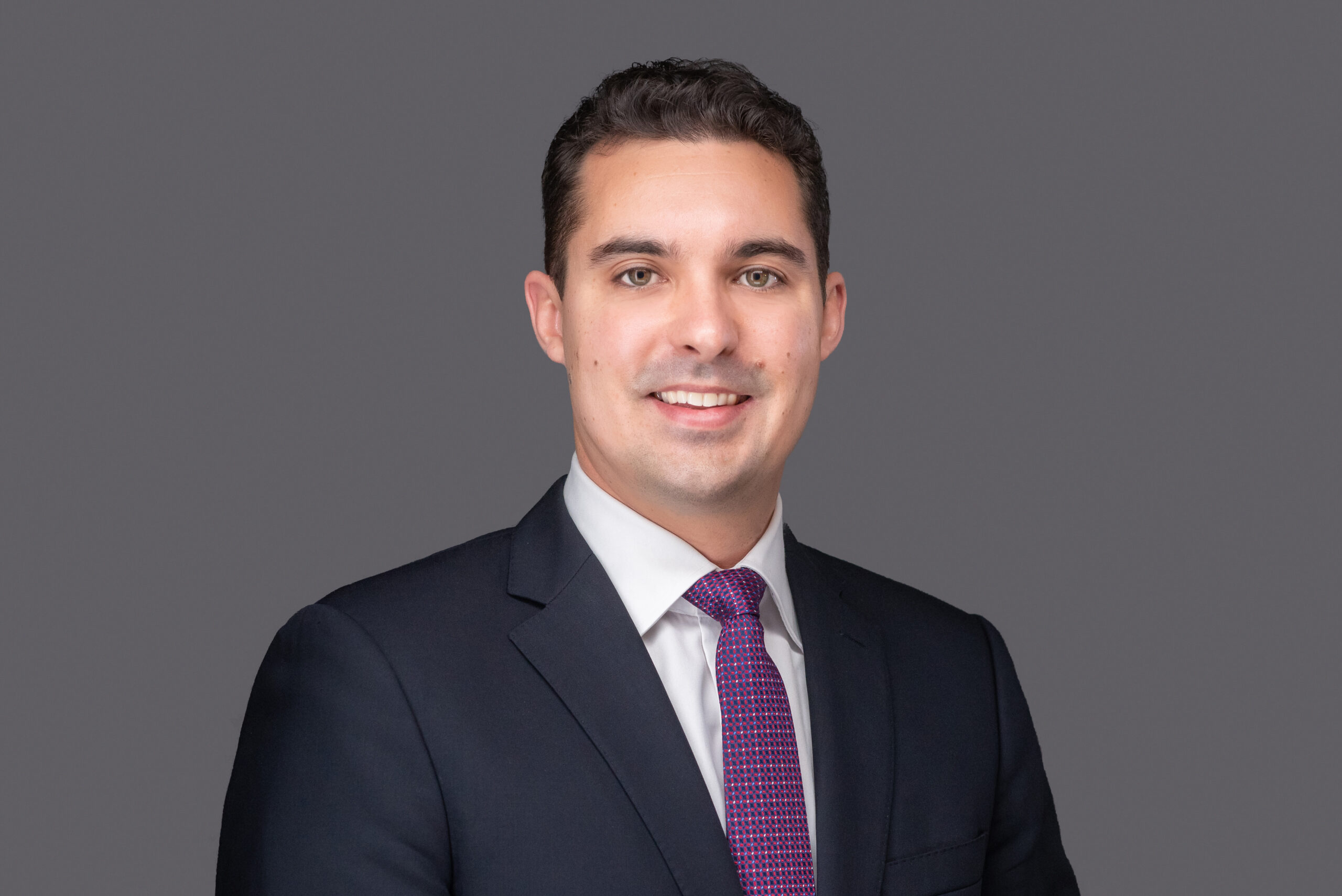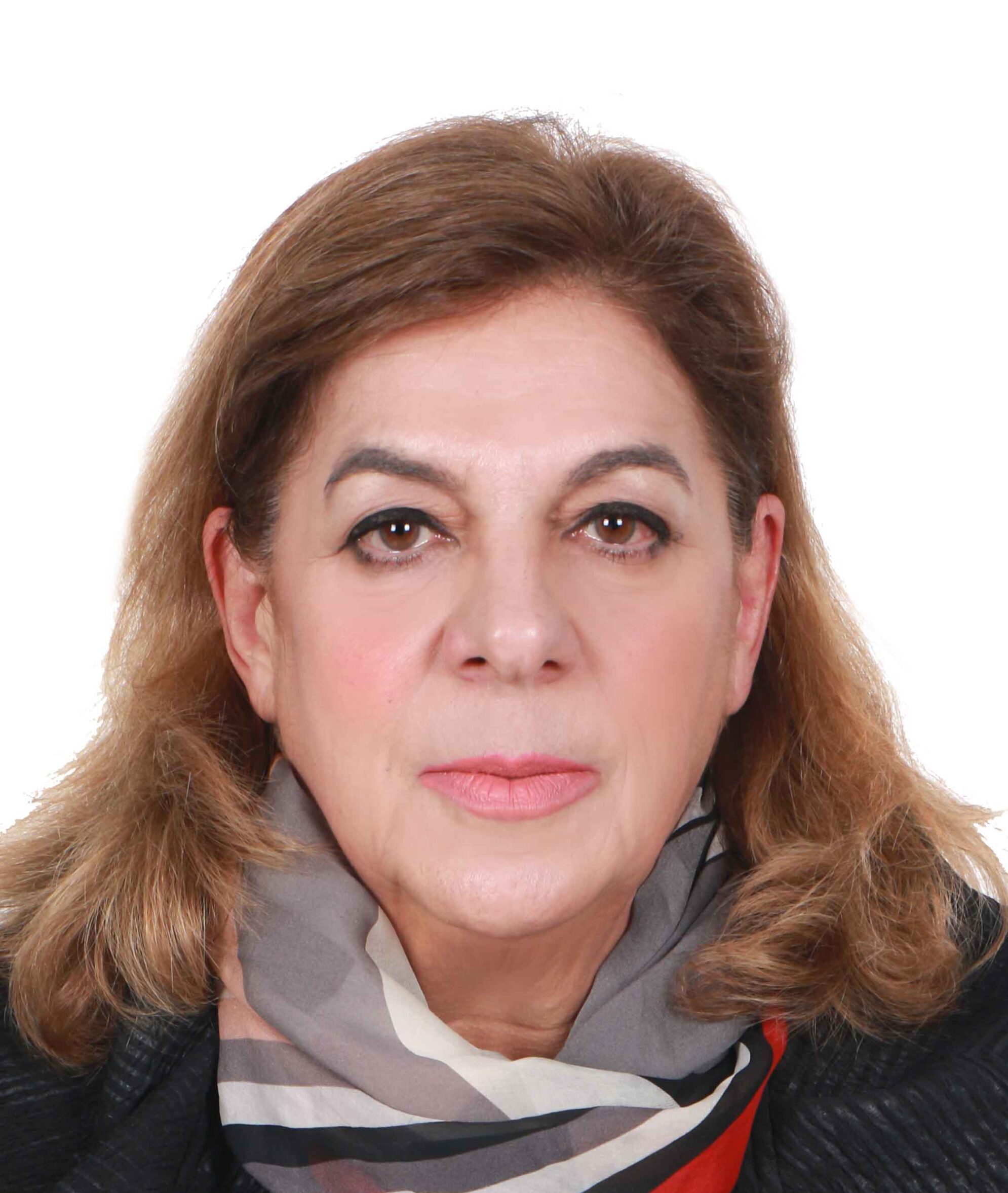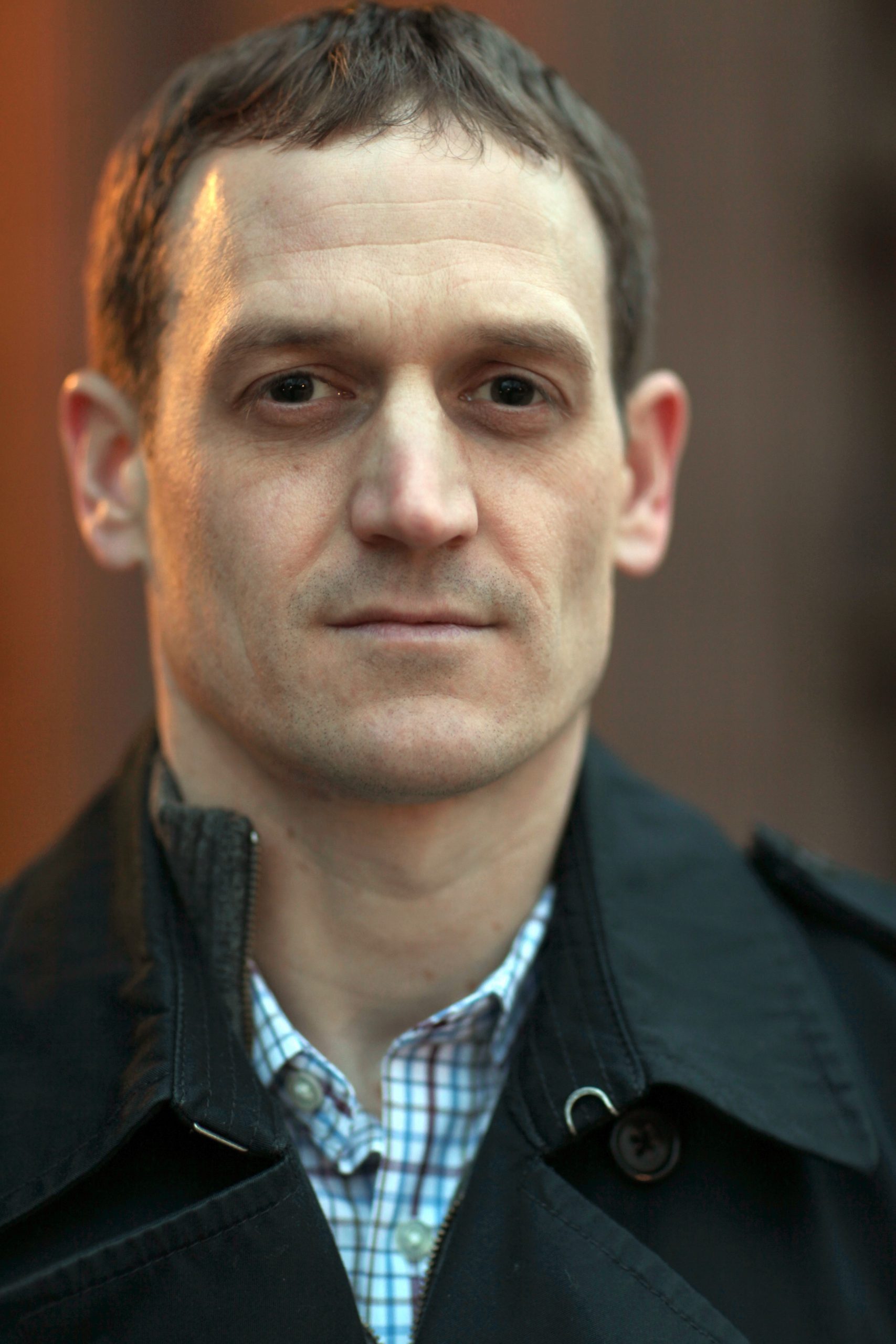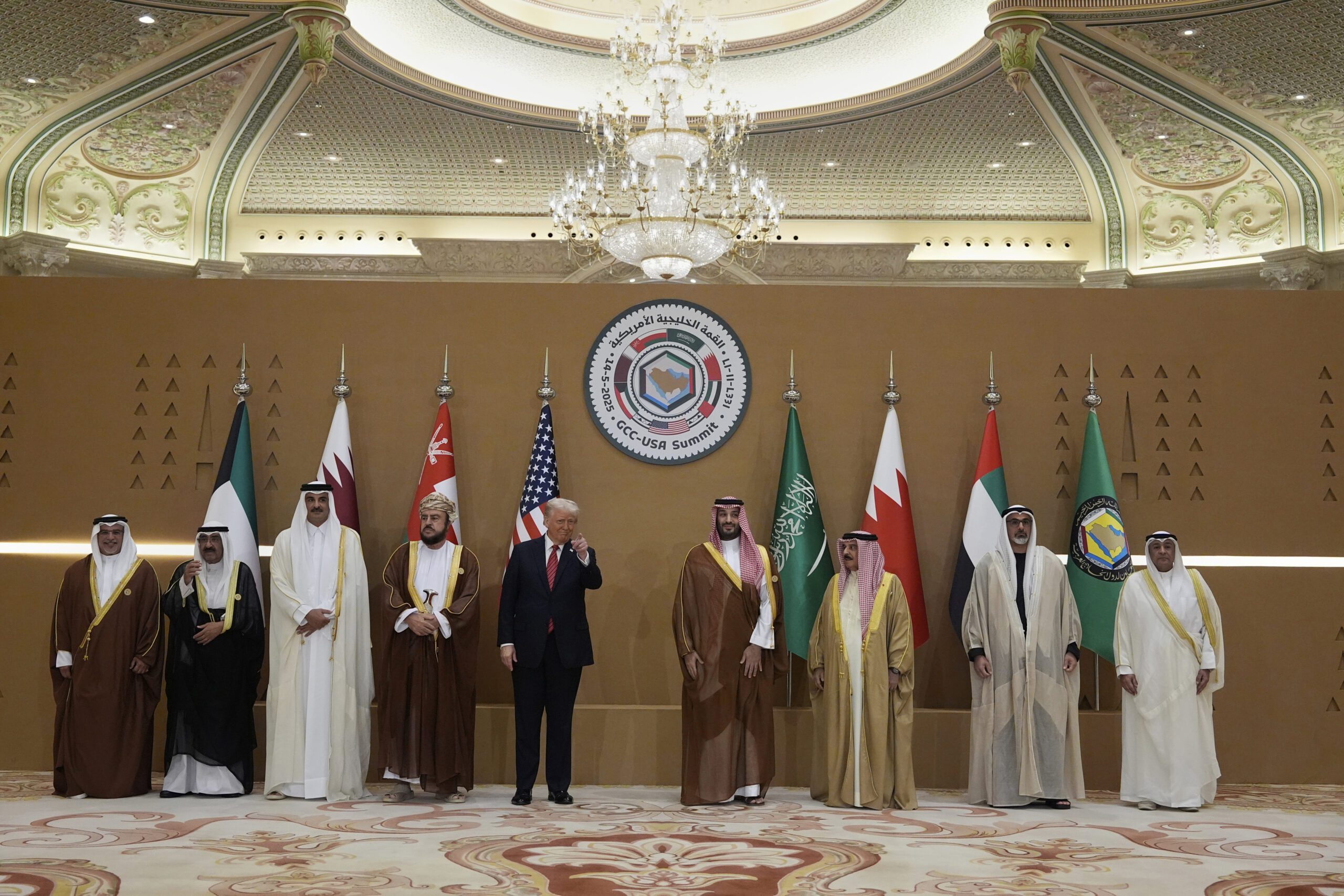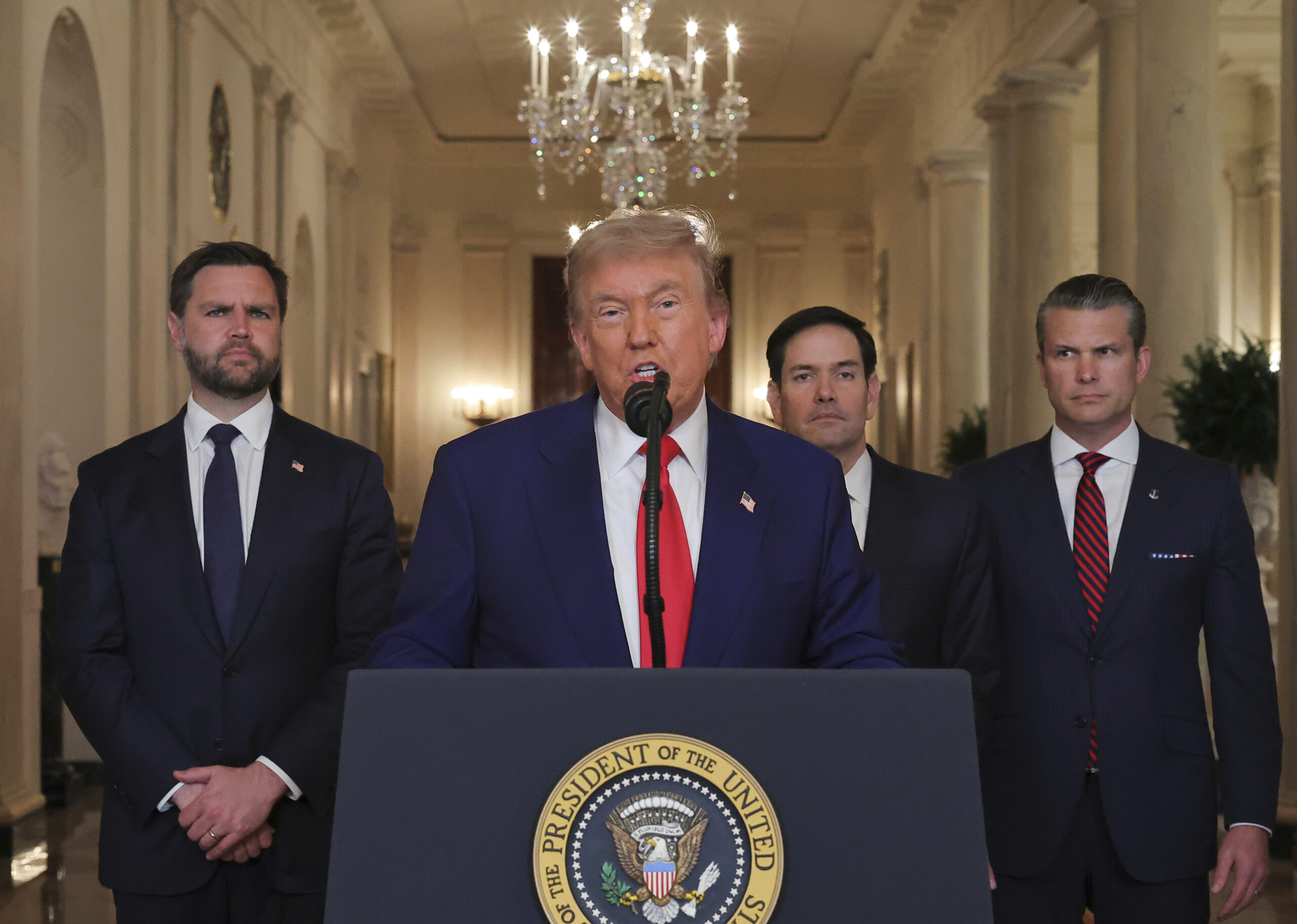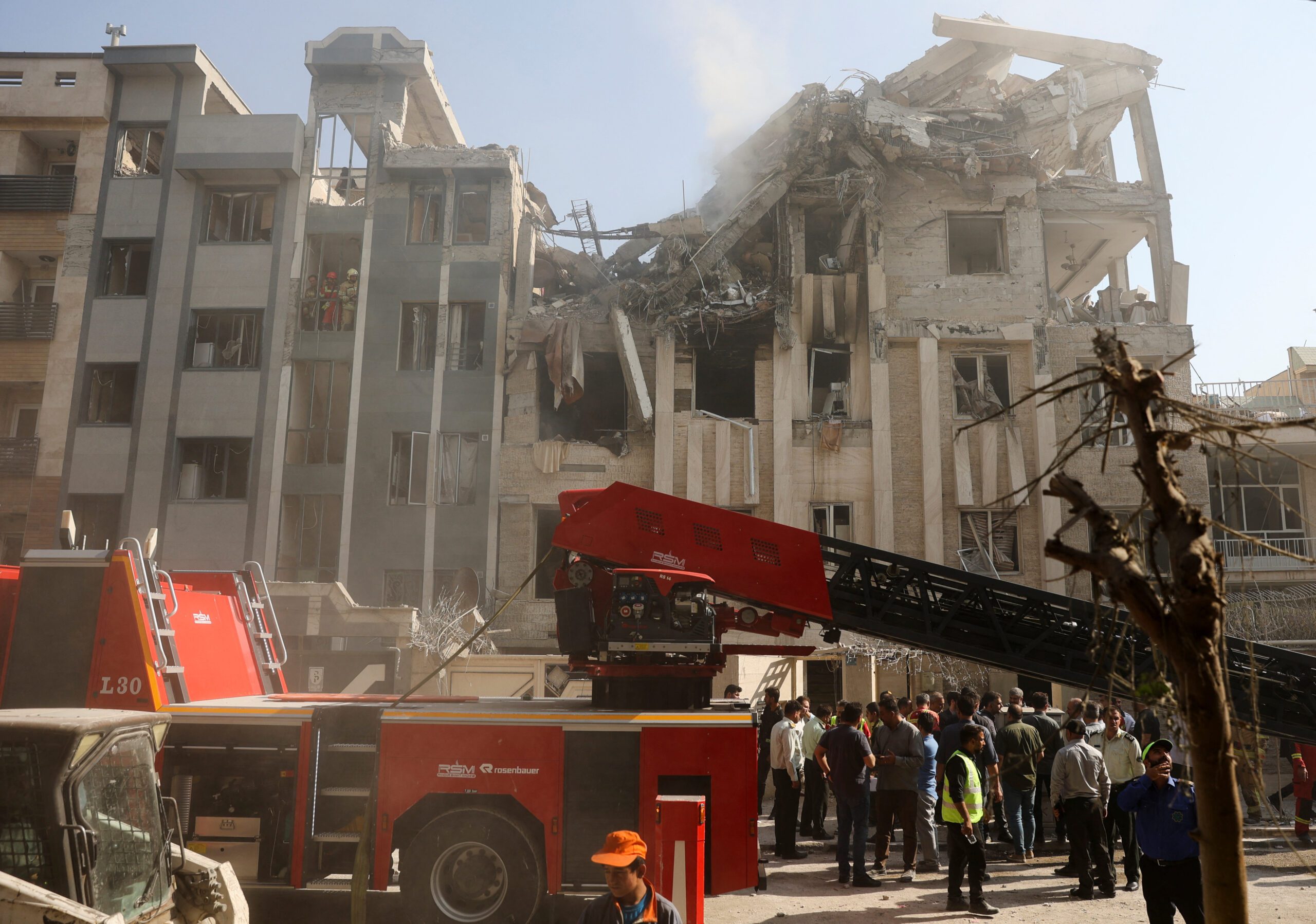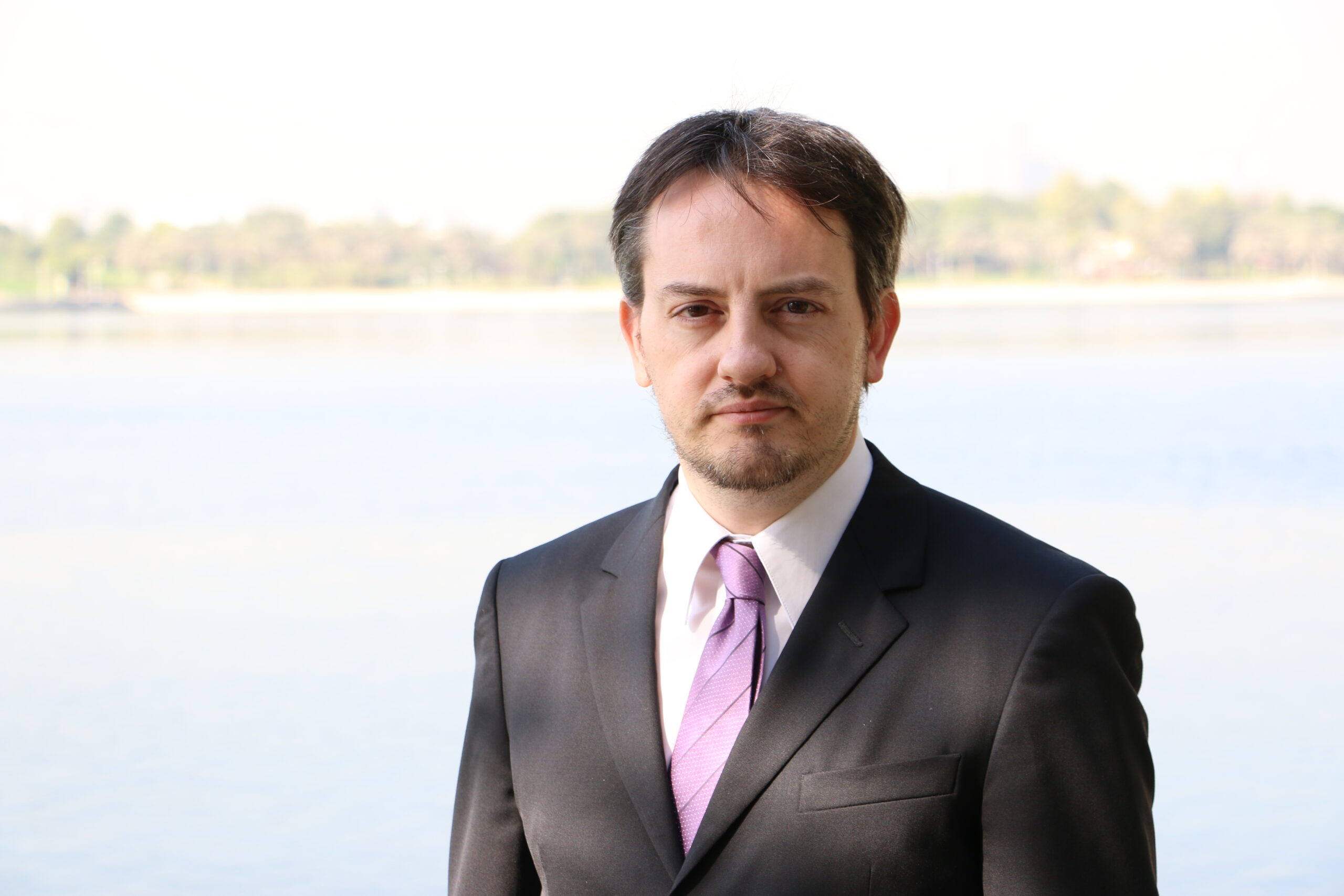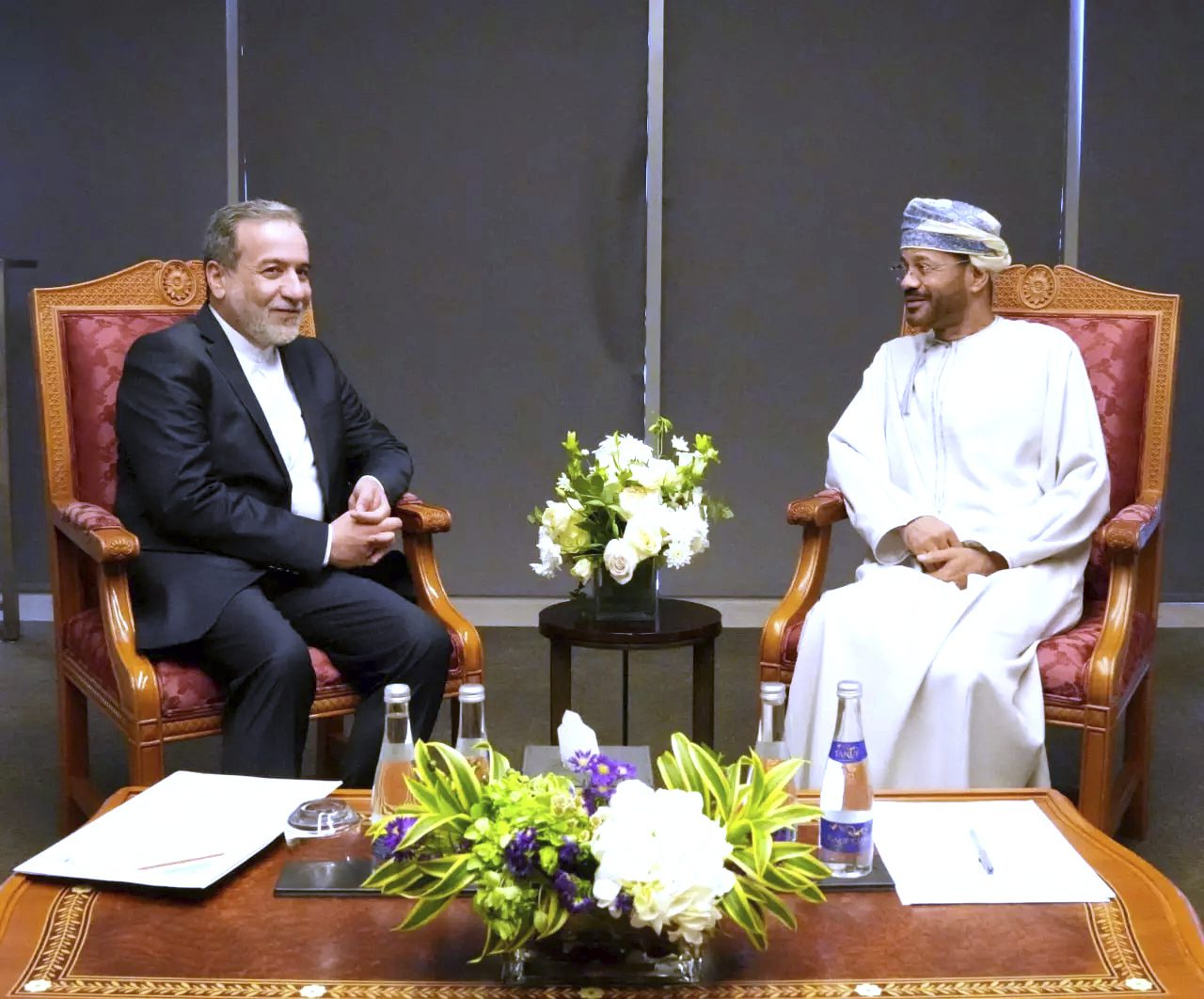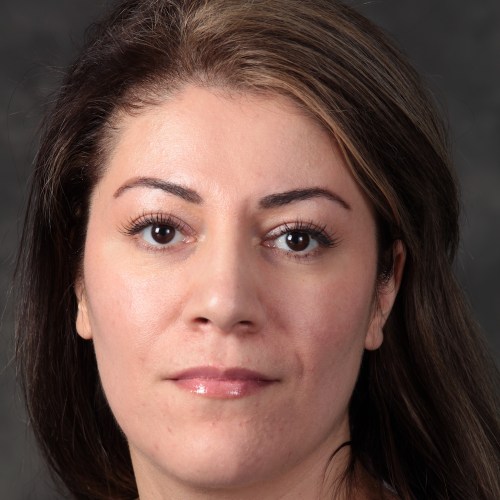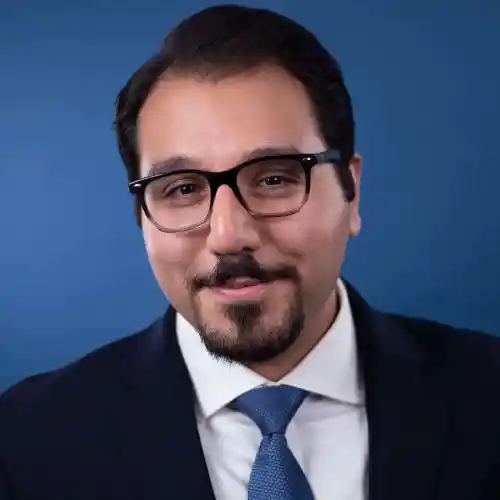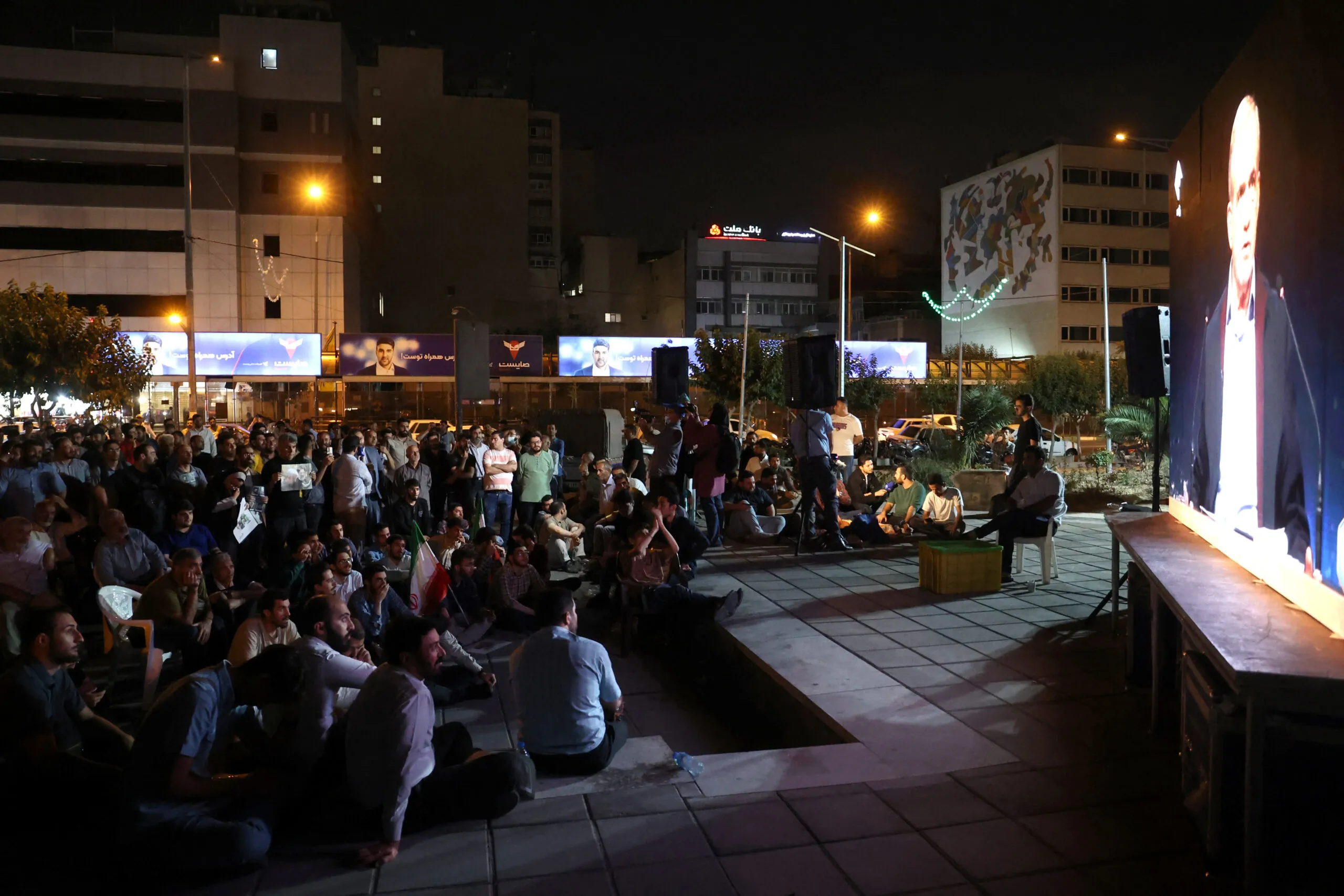Jan 10, 2023
Why was Violence in Anti-Regime Protests Less Severe in Iran’s Golestan and Khuzestan Provinces?
The January 10 edition of the Iran Media Review explores the effects of border control on the severity of violence in anti-regime protests in Iran.
The wave of anti-regime protests that has swept over Iran since September 2022 turned extremely violent in provinces populated by the country’s Sunni minority. This is particularly true in Iran’s Kurdistan province and Kurdish-populated cities in the West Azerbaijan and Kermanshah provinces. The protests were just as violent in Sistan and Baluchistan province, populated by Iran’s largely Sunni Baluchis. Overall, 254, or more than half of protesters killed in clashes with government personnel in Iran, were either Kurds or Baluchis. Approximately the same ratio is true of government losses: 33 out of 73 government personnel losses were due to firearms in those same provinces and cities.
By comparison, violence in protests was less severe in Iran’s Golestan and Khuzestan provinces, respectively populated by Iran’s largely Sunni Turkmen and Arab minorities. While a protester in Golestan province and 23 protesters in Khuzestan province were killed, government personnel did not suffer any fatalities in those provinces.
In an interview with the Sobh-e Sadeq weekly, Khuzestan Islamic Revolutionary Guard Corps Chief Brigadier General Hassan Shahvarpour credited his organization’s developmental work for the relative calm but left out one important factor: effective border control on the Iraqi side. While the Iranian state struggles to control its international borders with Afghanistan, Pakistan, and Iraqi Kurdistan, all of which can be used for the transfer of illicit goods, including firearms, the Iran-Turkmenistan border in Golestan province is effectively controlled and so is the Iran-Iraq border in the south, thanks to the presence of Shia militias aligned with the IRGC.
- January 2: Shahvarpour said: “We have no particular problems concerning intelligence and policing coordination. Our province has land and sea borders in the Persian Gulf, and we are also facing extraregional powers, yet we are in good circumstances. During recent events, the enemy failed to achieve its objective of developing capacities in the province … Last year, the security agencies of the province, composed of the Intelligence Ministry, the Counterintelligence, and the Revolutionary Guard, discovered 5,000 firearms along with a considerable amount of munitions. This year, we have hitherto found 3,500 firearms. Uncovering arms smuggling took place at the border and within the province.”
The views represented herein are the author's or speaker's own and do not necessarily reflect the views of AGSI, its staff, or its board of directors.
